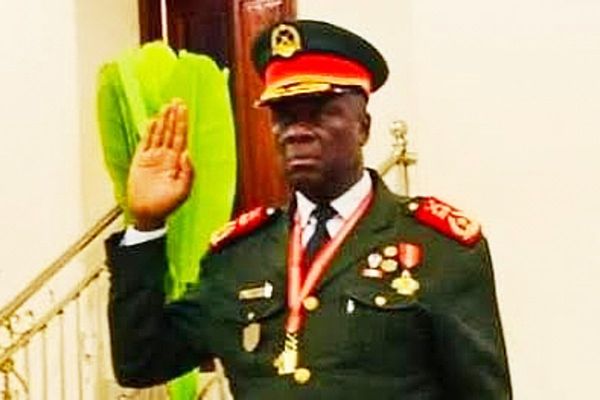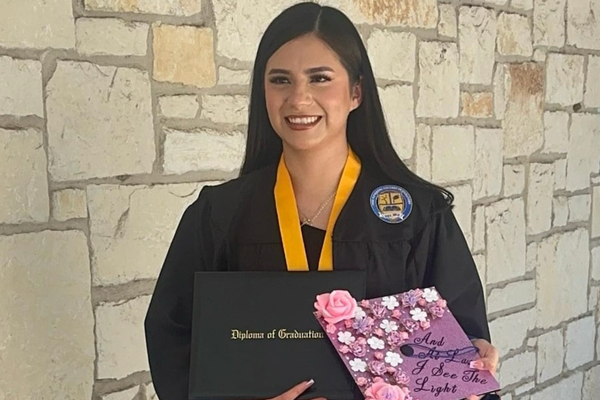
As inescapable as it is inexorable, everyone at Cadillac is aware the clock is ticking as they edge closer towards a moment of truth more than three years in the making. The expectation and anticipation for when the team, backed by General Motors, hits the grid as Formula One’s 11th entry for the first race of 2026 is ratcheting up with every passing second.
Appropriately for this all‑American marque, the team are launching their F1 entry on Saturday night with a red-carpet event at Miami Beach after the sprint race and qualifying have concluded at the Hard Rock Stadium circuit.
Backed by GM and the TWG Motorsports group, their effort is a full-on startup rather than the more well-trodden route of buying an existing team, with all the expense and resources and perils and pitfalls that entails.
At the helm almost since its inception has been Graeme Lowdon, one of the very few F1 personnel who can lay claim to having already done it and who knows how quickly the time will go between now and lights out in Australia next year.
“We have on all of our facilities, on the wall of every office, a countdown clock which is showing the number of days, hours, minutes and seconds to the start of our first grand prix,” he says. “We don’t want to be in a position where there’s some mad panic at the end.”
Lowdon is Cadillac’s British team principal and the 60-year-old has been here before, albeit in altogether different circumstances. He was integral to the Manor F1 team for their entry in 2010, a task he describes as starting in an empty room with a screwdriver and an A4 sheet of paper and ending up seven months later on the grid.
Cadillac’s road to F1 has enjoyed a significantly longer gestation but did have similarly humble beginnings when, in August 2022, Lowdon and two others were asked to begin planning what would ultimately develop into the GM works-backed team.
The initial phase involved small steps without any certainty of an entry, the process grinding slowly through the FIA and F1. But the team had to be constructed because starting cold if and when entry was granted would have made the task all but impossible. Lowdon had to recruit without using the phrase “Formula One team” with euphemisms such as “top-tier motorsport opportunity”.
Nonetheless, the process went on and when GM came on board and committed to building its own engine for 2029 it was a gamechanger. At the Las Vegas GP in November, the Cadillac entry, using Ferrari engines until then, was agreed.
The expansion since has been exponential. They are recruiting, on average, one person a day and are in the process of completing a new headquarters at Fishers in Indianapolis. It will sit alongside their facilities already in operation at Silverstone – the European hub – and the GM works in Charlotte, North Carolina, where they are building the facility to manufacture the new engine.
Lowdon, however, has stressed the importance of people and many of the key roles have been filled as the project progressed. The chief designer is Lowdon’s former colleague from Manor, John McQuilliam, and the head of aerodynamics is Jon Tomlinson, from Williams. Nick Chester, formerly of Renault is the technical director, Peter Crolla is on board as the team manager from Haas and Pat Symonds, of Benetton, Renault and Williams, is an engineering consultant.
Assembling them and other personnel was indicative of how seriously the project was being taken, believes Lowdon. “It’s a huge, huge, huge testament to the owners. Throughout that whole time we were building a Formula One team but without certainty of an entry and that’s a commitment.”
Vroom in the USA
Scarab
Two ambitious Americans, Lance Reventlow and Bruce Kessler, took a look at what the Europeans were doing at Ferrari, Maserati, Aston Martin and Jaguar and decided the could build a better car. Victories came at the 1958 LA Times Grand Prix at Riverside Raceway and their front-engined racers would go on to enter 93 races, with 39 wins and 32 podium finishes until 1963. In F1 they competed in just one full season – 1960 – racing in six of the 10 grands prix, finishing 10th with Chuck Daigh at the US Grand Prix, won by Stirling Moss in a Lotus-Climax.
Eagle
Dan Gurney and the Le Mans winner Carroll Shelby founded All American Racers in 1964 and competed in various classes before taking a crack at F1 with patriotically named Eagle. The stars and stripes team were based in Rye, East Sussex and ran with British‑built Weslake engines. They raced in 25 grands prix, entering a total of 34 cars. At the 1967 Belgian Grand Prix, Gurney achieved the first “all-American” victory in a grand prix since Jimmy Murphy’s triumph with Duesenberg at the 1921 French Grand Prix. An American team has yet to repeat that double feat.
Penske
The last American team to win a race – the 1976 Austrian Grand Prix, with the Northern Irishman John Watson (below) at the wheel. Penske are better known as Indycar racers, but their PC1 cars made their debut in 1974. They scored no points that year and the following season was marred by the death of their driver Mark Donohue.
Haas
A fully fledged American team returned to F1 in 2016, buying up the failed Marussia. Banbury-based, they are still blazing the trail with Esteban Ocon and Oliver Bearman at the wheel. Still no wins, though, with a lone pole claimed in Brazil in 2022.
Cadillac
The General Motors behemoth is eager to tap into the Race to Survive/Gen Z market, so is launching a team with its premier marque on the car next year.
Even with the recruitment drive, the quest to get up to speed is going to be enormously hard, although Lowdon is calm and believes they are on target to do so. They have still to reach the first hurdle of completing the build and fire-up of the car – there is a countdown clock for that too. A functioning race team must be honed for competition and then what seems almost a bagatelle in comparison but which will attract the greatest attention, the task of hiring the drivers.
The team will not discuss names of whom they are engaging in talks with but there is naturally some expectation that such a proud American brand will want an American driver in a seat. It was the original Andretti-Cadillac team’s attempted entry into F1 that transformed into the GM-backed Cadillac works entry. Mario Andretti remains an adviser and Andretti’s American IndyCar driver Colton Herta is considered a likely candidate, as is the experienced Sergio Pérez who is believed to be being actively pursued. Lowdon says the decision will be made on merit but notes US drivers are in that mix.
The importance for F1 of having a US manufacturer cannot be played down. F1 has one American team in Haas but this is a different ballgame. It is an American team backed by a global manufacturer with a long history in motorsport. Their entry is indicative of the weight they attach to F1 in selling their brand across the world and of the increasing significance of the sport in the US, which, as Lowdon, says has the potential to create an “enormous” fanbase.
Which, for the moment, remains the stuff of ambitious intent in the boardrooms and perhaps the daydreams of fleeting moments for those at the sharp end of making it happen and for whom the clock never stops.
“It’s a really, really big task,” says Lowdon. “The first race of next year we need to be on the grid. We can’t turn up a week later and just say: ‘Everyone else had the race last week, we’ll have it this week.’ That just won’t wash.”







